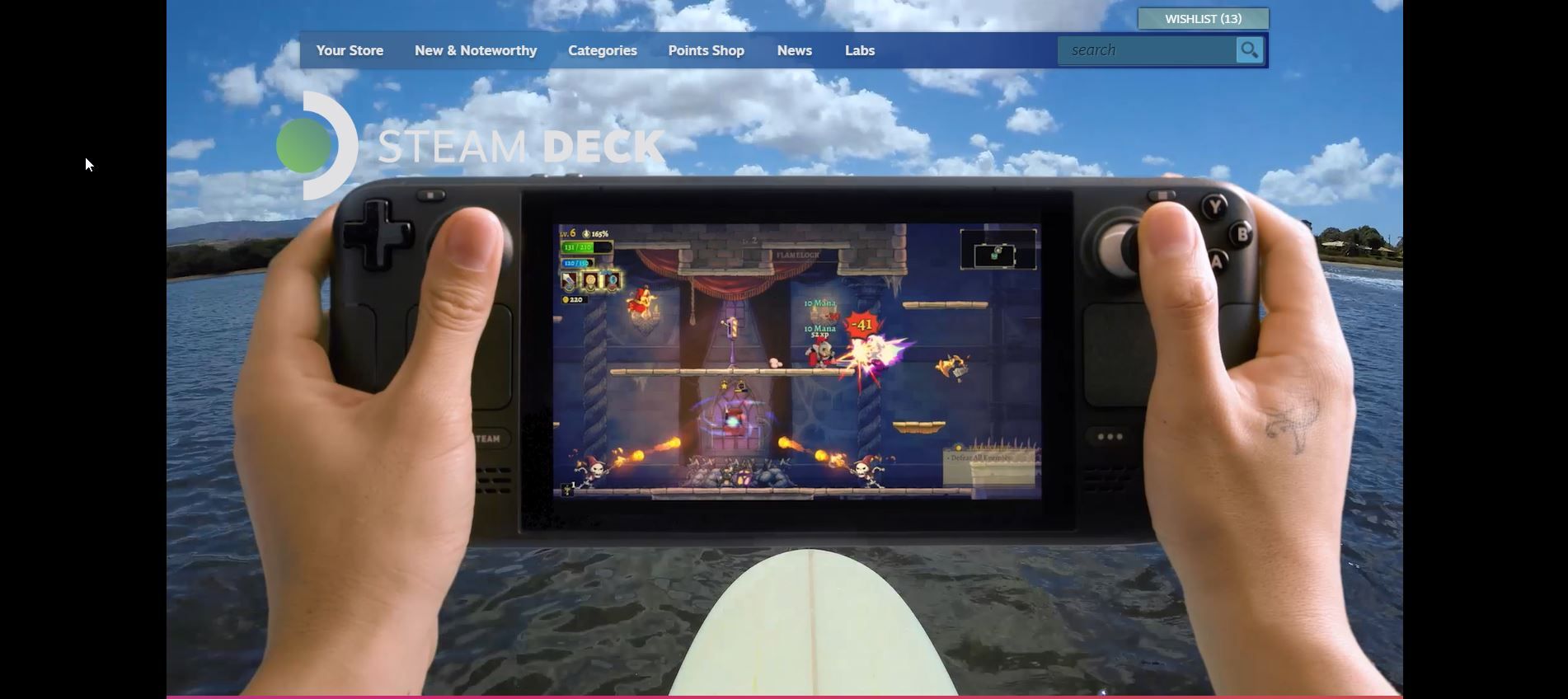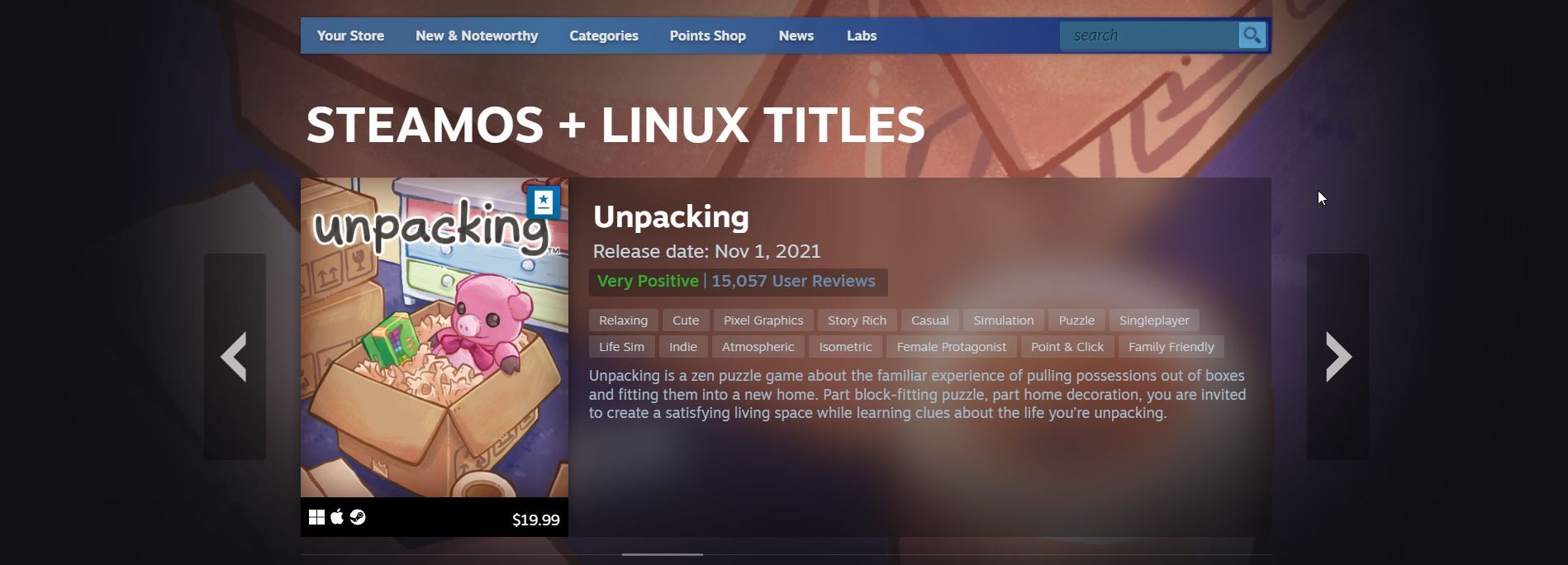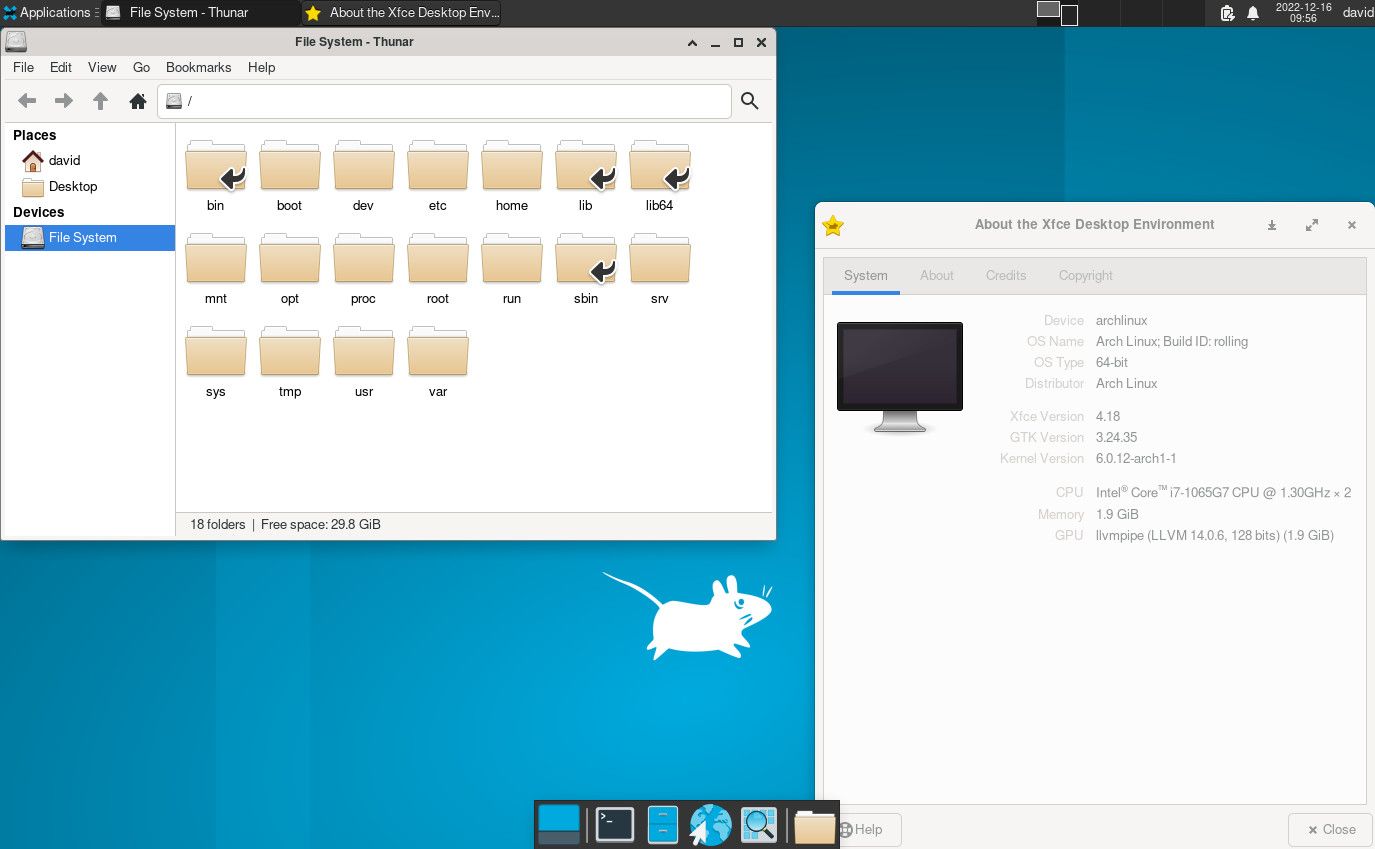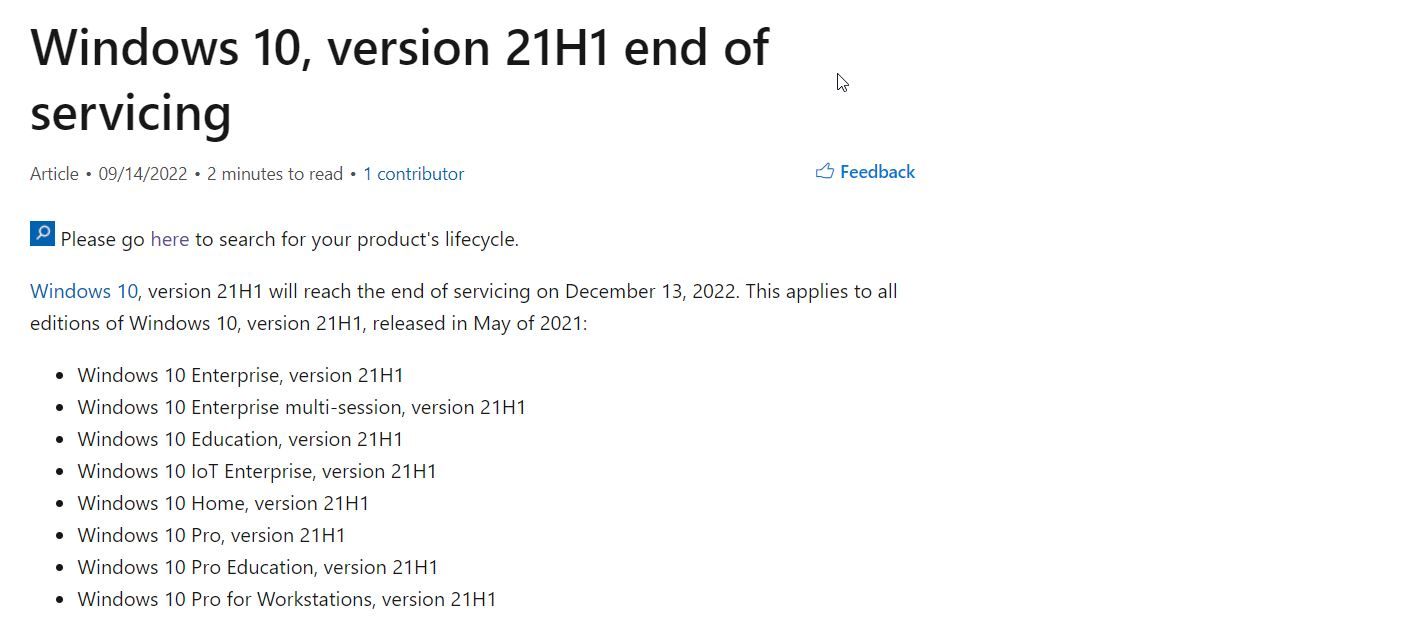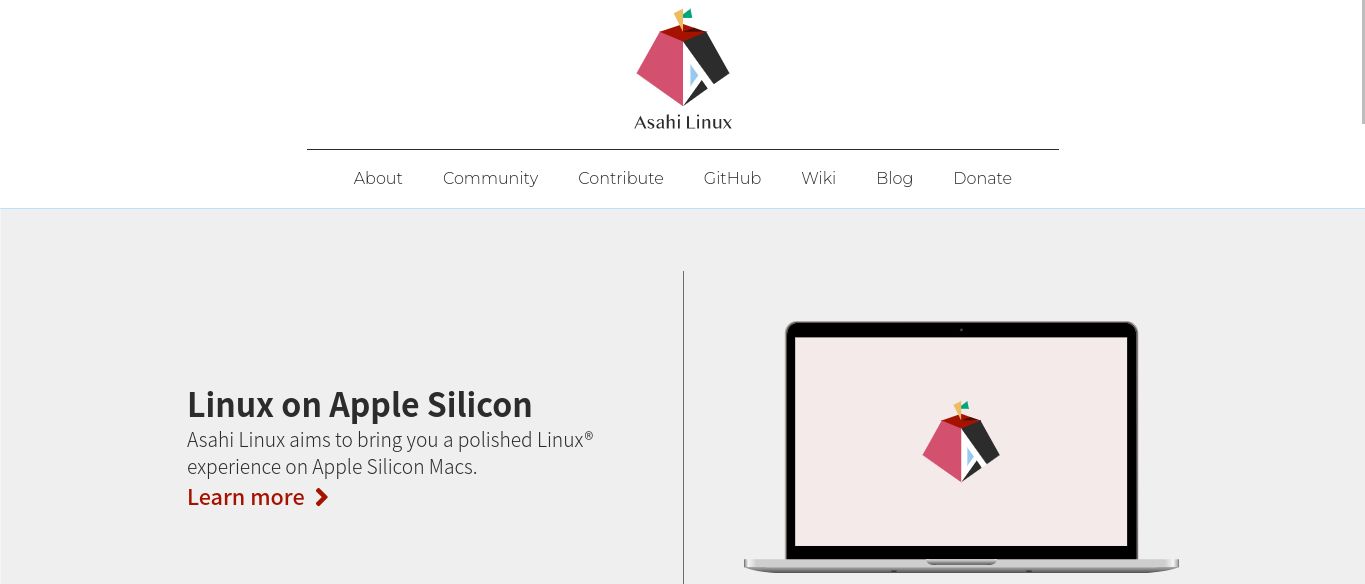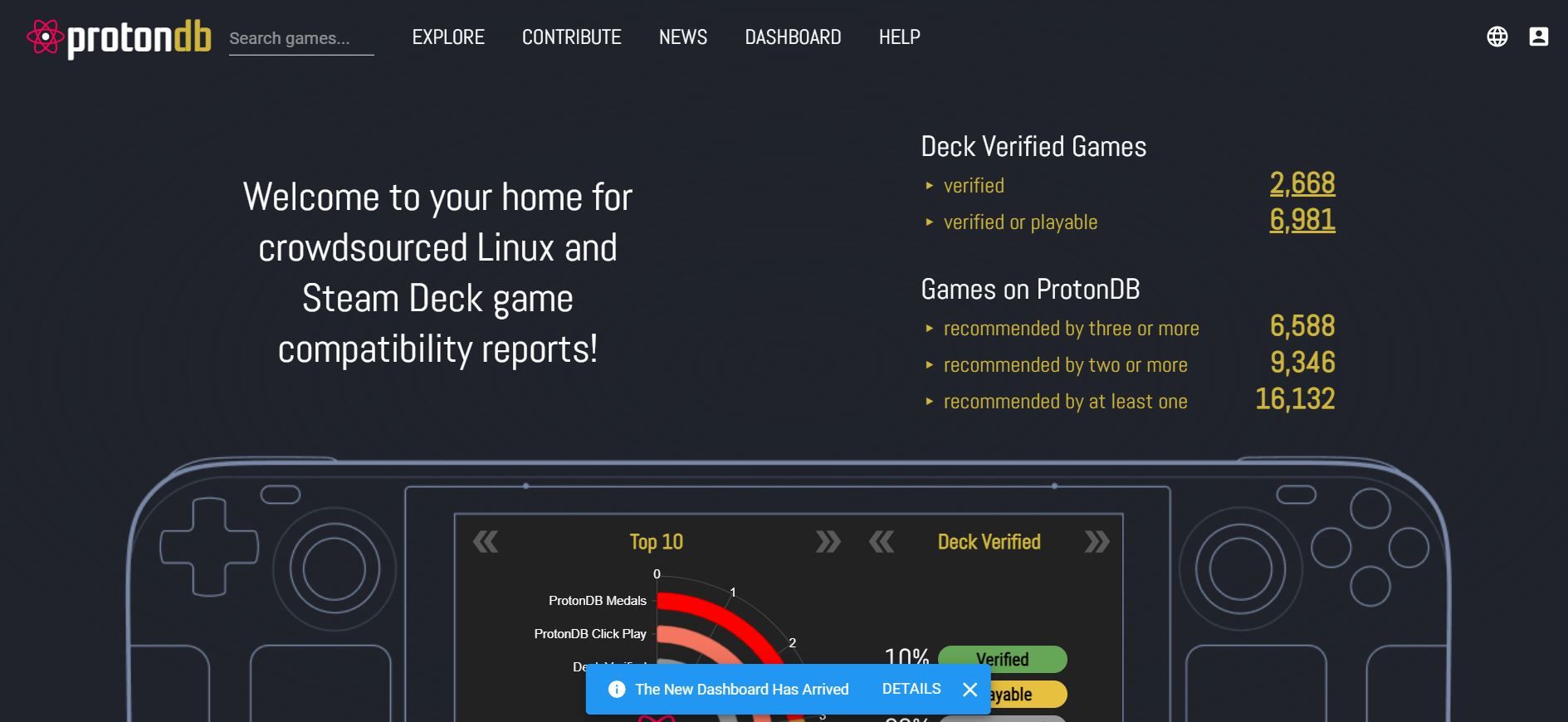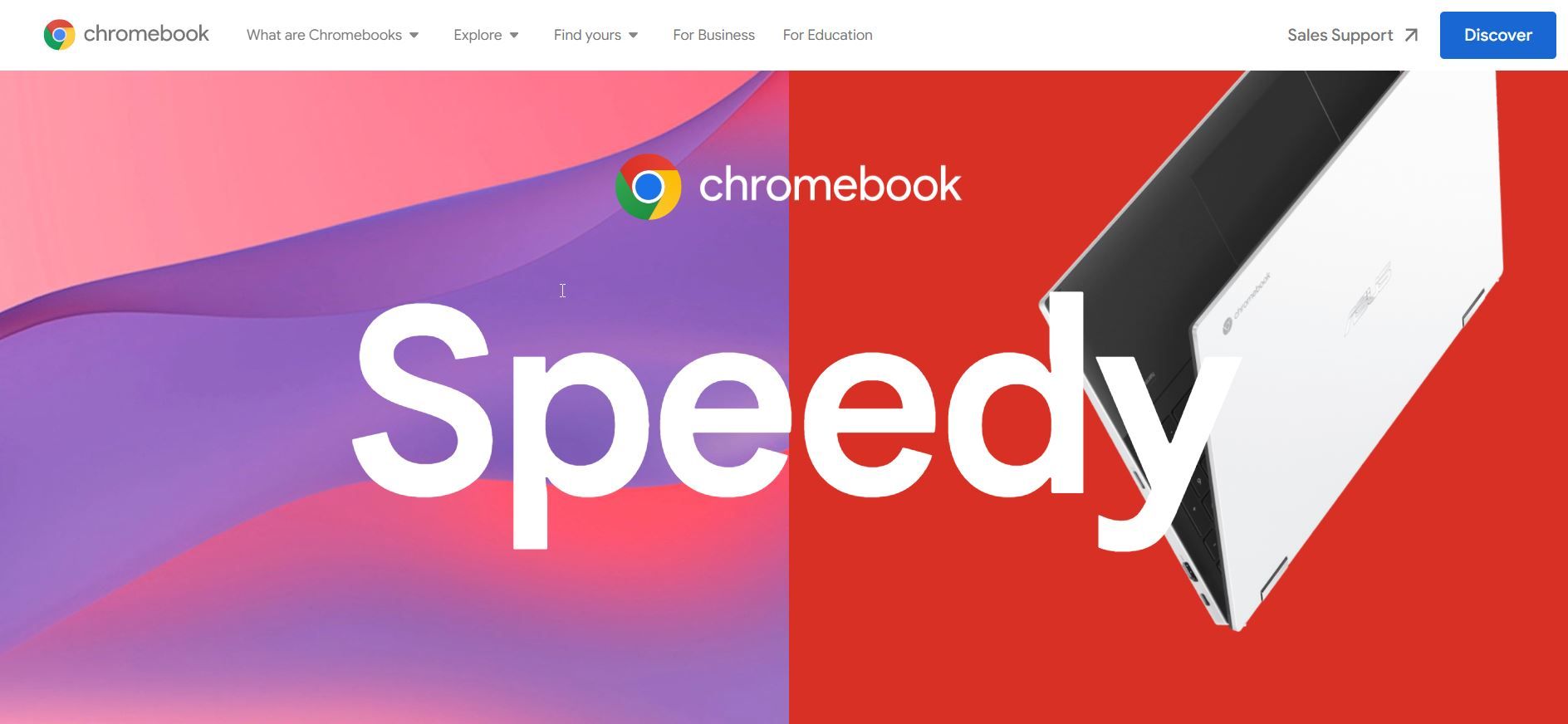Linux may not get as much attention as other tech fields, but its future looks brighter in 2023 and beyond thanks to several trends that have been going on through 2022.
Let's take a look at them and see why Linux may finally catch up to Windows and macOS in the new year.
1. Cost Might Force People to Stick With Their Older Machines and Install Linux
Throughout the pandemic, the computer hardware industry was hit by supply chain issues that made chips for new PCs harder to come by. The need for many laptops for working at home concurrent with the cryptocurrency boom only strained the supply chain further.
While the supply chain concerns might be easing due to the easing of the pandemic restrictions and the cryptocurrency collapse in 2022, outside economic factors might still drive people to get more use out of their older computers and install lightweight Linux distributions on them in 2023.
Inflation has made hardware more expensive, and rising interest rates have also made it more expensive to put a new PC on a credit card. Despite signs that inflation was easing at the end of 2022, it will take some time for manufacturers to get back to something approaching normal. Consumers might also want to keep their wallets closed for a while after the holiday shopping season.
This means that Linux is an attractive option for those looking to use their computers for longer as Microsoft and Apple drop support for older machines.
2. Steam Deck Boosts Linux Gaming
Gaming has been a sore spot for Linux, but Valve's efforts might change that. The company has introduced the Steam Deck, a Linux-based handheld gaming console for PC games. It's an ambitious project that's generated a lot of excitement in the gaming world.
While Valve wants to sell a lot of hardware, the company's actions could boost Linux gaming as a whole. The company wants PC gamers' existing Windows games, to run well under Linux. That's why they're developing the Proton library to run Windows games seamlessly.
If the Steam Deck is successful, developers might consider releasing a native Linux game before Windows or at least making a Linux port a priority. If that happened, it would be clear that Linux gaming has arrived.
3. Linux Gaming Keeps Growing
While Linux gaming itself is still far from the mainstream, interest does seem to be growing in the platform. Statistics on Steam show a slow but steady increase in the number of users who run Linux on their gaming PCs.
Some of this might reflect the growing presence of the Steam Deck. Linux gaming seems to be growing organically, albeit slowly, according to Valve's hardware and software survey of its customers.
There are more cross-platform development tools that make generating native Linux games easier than before. This has meant more native games are available for Linux on Steam. With Proton, gamers can move to Linux without having to give up their old favorites.
There are still some difficult areas hampering Linux adoption. A lot of anti-cheat programs still only work on Windows.
If the Steam Deck is successful, it may prompt gamers to reevaluate the OS running on their main gaming rigs.
4. Linux Desktops Keep Improving
While Linux is often regarded as the last stand of the command line, Linux desktops have made it an attractive alternative to Windows and macOS.
Zorin OS is a distro that explicitly targets existing Windows and macOS users by providing similar user interfaces. Other distributions are also trying to make their systems less intimidating for non-geeks by eliminating text consoles in favor of splash screens on startup and de-emphasizing the command line.
While installing a new operating system might be daunting, these desktops are more intuitive than the very early X window managers of the '80s and '90s.
5. Microsoft and Apple Drop Support for Older OS Versions
As Microsoft and Apple attempt to move users to newer versions, they will drop support for older versions.
Microsoft has announced that it will stop providing security updates to Windows 7 and 8 users in January 2023, according to Ars Technica. In September 2022, Microsoft announced that it would end support for Windows 10 21H1.
Apple is even quicker to drop support for older OS versions and hardware, perhaps to induce its customers to buy more of the latter. If users are reluctant to upgrade to newer systems, they might turn to a lightweight Linux distribution that supports older machines, such as Xubuntu.
6. Asahi Linux Supports Apple Silicon
With the move to Apple Silicon processors from Intel, the only usable choice for an OS on Mac hardware was macOS. Asahi Linux rose to create a Linux distribution for Apple Silicon CPUs. The project has proceeded rapidly.
In December 2022, Asahi Linux announced that it had GPU support, which was a major breakthrough.
Asahi Linux's development will make it easier for other developers to port Linux to Apple Silicon. Asahi Linux could prove a viable alternative to macOS. Linux has been even more niche on the Mac than it is on desktop PCs.
As it has in the PowerPC and Intel eras, Linux on Apple Silicon will likely appeal to developers and techies rather than the general Apple user base. It will still be interesting to see how Linux evolves on Apple hardware in the future.
7. It's Easier to Try Out Linux Than Ever Before
One reason that Linux has vaulted ahead of other open-source operating systems is that it's been easier to run alongside other operating systems, right from the beginning. Users can try it out without having to give up their existing OS (mainly Windows) and their applications.
From dual-booting and live OSes to virtualization and Windows Subsystem for Linux, it's never been easier to try out Linux before fully committing.
In 2022, WSL was added to the Microsoft Store. This meant that Linux was only a few clicks away on Windows. Microsoft also added the ability to run graphical Linux apps to Windows 10. All of this will give Windows users a taste of Linux.
8. It's Easier to Run Windows Apps and Games on Linux
As well as running Linux alongside Windows, it's also possible to run Windows apps and games on Linux using the WINE compatibility layer as well as its gaming-focused derivative, Proton.
As mentioned earlier, Proton is developed by Valve. The company's clout as the provider of the Steam game store could give Linux gaming a boost by making the transition to Linux easier for those who have a large investment in Windows games.
The danger is, as with OS/2, that Windows compatibility actually hampers Linux adoption. Developers might not want to invest in a native Linux port if they know gamers can use Proton.
9. Chromebooks Aren't Going Away
Chromebooks, internet-focused laptops running a customized version of Linux, have become a popular alternative to Windows and Mac laptops. They're popular in schools because of their low cost and ease of administration.
While growth has slowed with the easing of the pandemic restrictions, many people have likely gotten a taste of the Chromebook and might not want to go back to a standard PC. And with ChromeOS Flex, they can rejuvenate their old PCs with the ChromeOS interface. ChromeOS, and thus Linux, is seriously challenging the Mac as the alternative computing platform.
Google is also making a push into cloud gaming with a new range of gaming-focused Chromebooks from multiple manufacturers. It's not clear how this idea will pan out in 2023.
Linux Looks Strong in 2023 and Beyond
With all of these trends, Linux looks like it could finally pose a serious challenge for Windows and macOS. If you want to make a change in 2023, perhaps you might want to start using Linux on the desktop. It's easier than you think.


